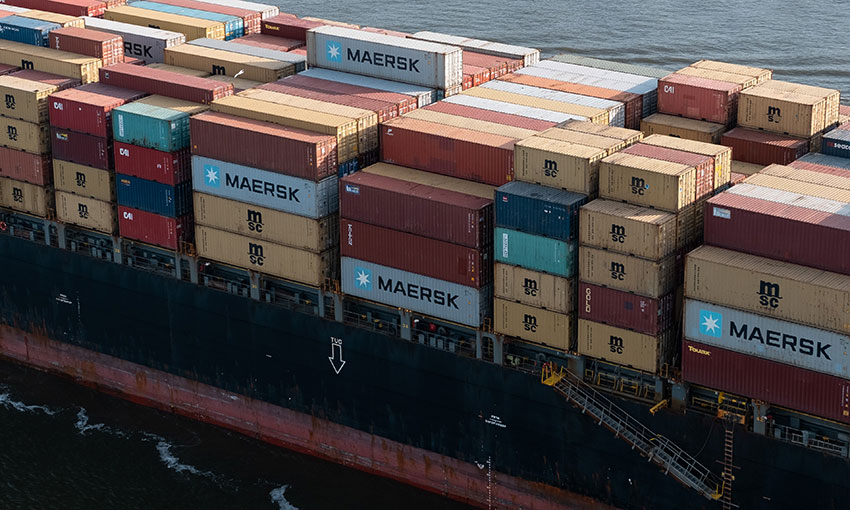SHIPPING analyst Sea-Intelligence has examined an influx in smaller vessels sailing Trans-Pacific routes to determine whether it was indicative of a systemic change.
On the Asia-North America West Coast (NAWC) route, there was reportedly a considerable decrease from a pre-pandemic baseline of between 6000 and 6500 TEU to just under 4500 TEU in 2022.

The Asia-North America East Coast (NAEC) route experienced a similar trend, the figure dropping from a 2020 baseline of between 7500 and 8000 TEU to just over 6000 TEU this year.
Sea-Intelligence conducted an analysis to determine whether the decrease was attributed to an influx of smaller vessels relative to the number of services, or to more services being offered in 2022 than in 2019.
“To do this, we calculated percentages,” Sea-Intelligence CEO Alan Murphy said.
“For Asia-NAWC, we calculated the percentage of weekly departures that were under 5000 TEU, whereas for Asia-NAEC, that figure was for vessels under 7000 TEU,” he said.
“This classification was based on the average between the pre-pandemic baseline and the current status of the 25% quartile.”
According to Mr Murphy, on the Asia-NAWC route, nearly 35% of all weekly departures are under 5000 TEU, which is a significant increase from a pre-pandemic baseline of between 15% and 20%.
On Asia-NAEC, the figure reached almost 40%, a substantial increase from the 20% to 25% level in the first half of 2021.
“On Asia-Europe however, there is nothing even close to it as the 25% quartile vessel-size on Asia-North Europe is within normal seasonality, while on Asia-Mediterranean, the 25% quartile vessel-size is largely unchanged from 2019,” Mr Murphy said.
“We know that niche carriers did launch services on Asia-Europe, but they were seasonal in nature and hardly had an impact, whereas on the Transpacific, we see a systemic influx of smaller vessels.
“This also shows that even though both trades are often viewed through the same lens, there are fundamental differences between the two, especially in today’s pandemic-impacted market.”

